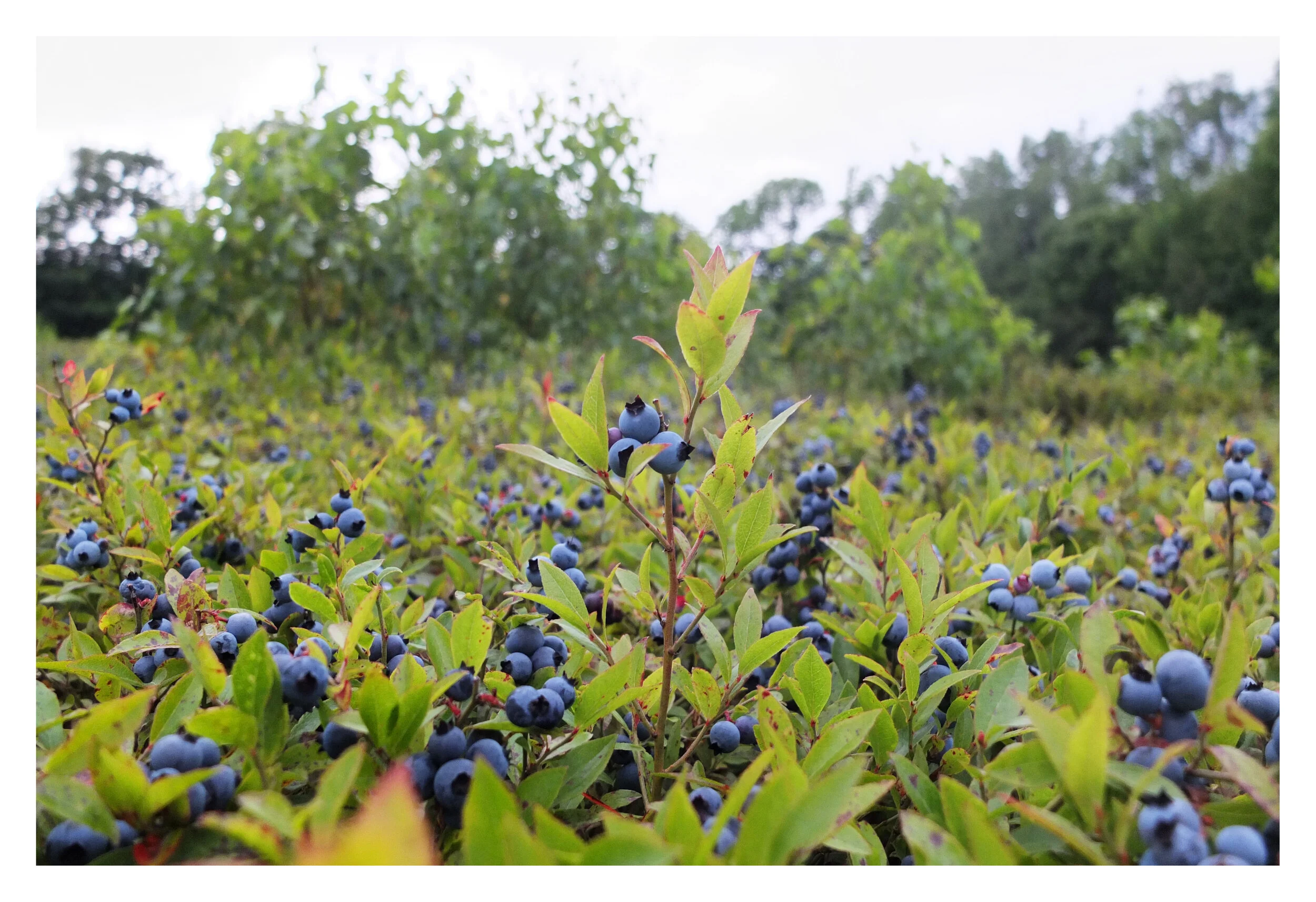HISTORY
The Story of Wild Blueberries – 10,000 Years in the Making
“Forget who you are and why you’re here - all that foolishness. In the fields the bushes are full of blueberries; go and pick some.”
The origin story
Wild Blueberries emerged on the desolate plain, aptly called The Barrens of Maine, Eastern Canada, and Quebec, following the retreat of the glaciers more than 10,000 years ago.
Unlike regular blueberries, Wild Blueberries are not planted. Instead, they are indigenous and spread naturally where Mother Nature put them, with thousands of genetically different varieties in every field.
The Wabanaki tribes of Maine and Canada were among the first humans to use Wild Blueberries, both fresh and dried, for their flavor, nutrition, and healing qualities.
Wild Blueberries have never been hybridized or genetically modified to enhance or alter their naturally-occurring characteristics.
This diversity is what gives Wild Blueberries their intense, delicious, sweet-tart taste and their spectacular blend of complex flavors.
How Wild Blueberries grow
Wild Blueberries have an extensive underground rhizome system. As much as 70% of the plant actually lives underground, spreading horizontally in the few inches of organic matter atop the sand and gravel of glacial soil below.
When pruned, new stems sprout from the rhizome, grow, and form flower buds the first year.
Wild Blueberries are grown on a two-year cycle. Each year, half of a grower’s land is pruned to encourage vegetative growth while the other half is prepared for the Wild Blueberry harvest from July through August.
Wild Blueberries are diversity superstars. In fact, because the plants establish themselves naturally, any given Wild Blueberry field can support thousands of different plant varieties, compared with regular blueberries, which might only host a half-dozen varieties in one growing area. This diversity is what gives Wild Blueberries their complex flavor.
Wild Blueberries survive in thin, acidic, glacial soils and thrive in cold, harsh climates. This has a benefit of naturally reducing crop insects and pests.


